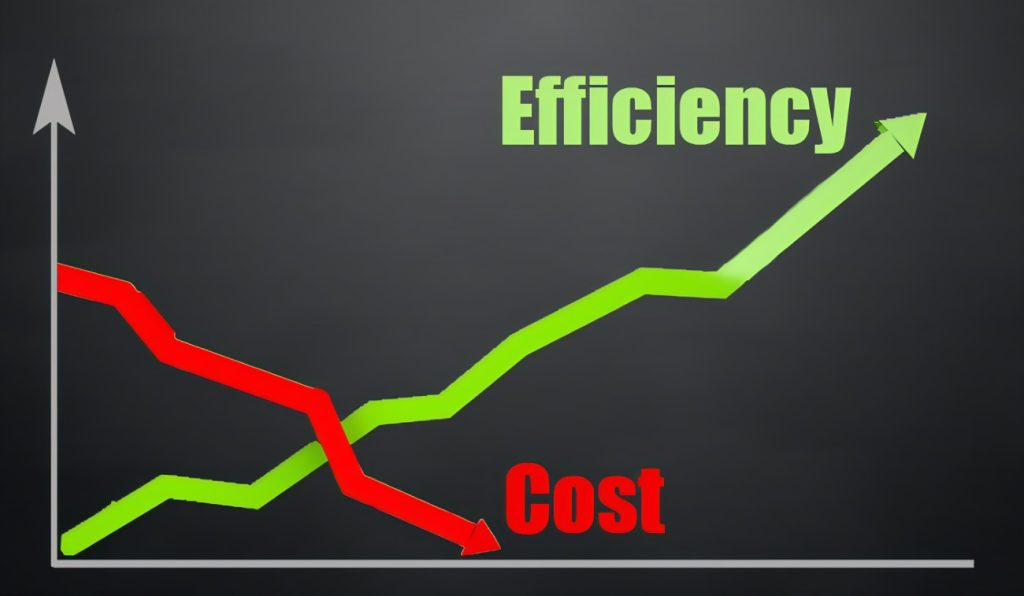Green Investments: Evaluating the Cost of Pyrolysis Solutions
In the quest for sustainable and eco-friendly solutions, green investments have become a focal point for individuals and industries alike. One such avenue that holds great promise in addressing environmental concerns is pyrolysis technology. In this comprehensive post, we will delve into the world of pyrolysis, examining its potential benefits, the financial landscape surrounding its implementation, and how businesses can evaluate the pyrolysis machine cost as part of their green investments.

The Rise of Pyrolysis Technology
Understanding Pyrolysis: A Brief Overview
Pyrolysis is a thermal decomposition process that involves the transformation of organic materials into valuable products in the absence of oxygen. This innovative technology has gained traction as a sustainable waste management solution, capable of converting various biomass and waste materials into biofuels, biochar, and other valuable byproducts.
The Environmental Impact of Pyrolysis
One of the primary motivations for investing in pyrolysis solutions is its positive environmental impact. By diverting organic waste from landfills and incineration, pyrolysis helps reduce greenhouse gas emissions and minimizes the environmental footprint associated with traditional waste disposal methods. Additionally, the biochar produced during pyrolysis can be used to improve soil fertility, contributing to sustainable agriculture.
Evaluating the Financial Landscape
Initial Capital Investment
One of the key considerations when assessing the feasibility of pyrolysis investments is the initial capital required for setting up the pyrolysis unit. This includes the cost of the equipment, facilities, and infrastructure needed for the pyrolysis process. The scale and capacity of the unit play a crucial role in determining the initial investment. The batch pyrolysis plant has a lower cost than the continuous type.
Operational Costs
Beyond the initial setup, businesses must account for ongoing operational costs. This encompasses expenses related to raw materials, energy consumption, maintenance, and labor. Evaluating these operational costs is vital for understanding the long-term financial implications of integrating pyrolysis solutions into existing processes.
Return on Investment (ROI)
To gauge the success of a green investment in pyrolysis, businesses need to analyze the expected return on investment. This involves estimating the revenue generated from the sale of pyrolysis byproducts, such as biofuels and biochar. The potential revenue must be weighed against both the initial capital investment and ongoing operational costs to determine the overall financial viability.
Benefits and Challenges of Pyrolysis Investments
Benefits
- Waste Reduction: Pyrolysis provides an efficient means of reducing organic waste, diverting materials from landfills and mitigating environmental pollution.
- Resource Recovery: The process allows for the recovery of valuable resources, such as biofuels and biochar, which can be used in various applications.
- Renewable Energy Production: Pyrolysis generates biofuels, contributing to the production of renewable energy and reducing dependence on fossil fuels.
Challenges
- Technology Complexity: Implementing pyrolysis technology may pose challenges due to its technical complexity, requiring specialized knowledge and expertise.
- Market Demand: The success of pyrolysis investments is influenced by the demand for the produced biofuels and biochar in the market.
- Regulatory Landscape: Adhering to environmental regulations and obtaining necessary permits can be a challenge, affecting the feasibility of pyrolysis projects.
Case Studies: Pyrolysis Success Stories
1. Turning Waste into Wealth
A waste management company in [Location] successfully implemented a pyrolysis unit to process municipal solid waste. By converting waste into biofuels and biochar, the company not only reduced landfill usage but also generated a new revenue stream from the sale of sustainable byproducts. View the continuous pyrolysis machine.
2. Agricultural Advancements with Pyrolysis
In the agricultural sector, a farm in [Region] integrated pyrolysis technology to convert agricultural residues into biochar. The resulting biochar was used as a soil amendment, enhancing soil fertility and crop yields. This dual-benefit approach showcased the economic and environmental advantages of pyrolysis.
Tips for Businesses Considering Pyrolysis Investments
- Conduct a Comprehensive Feasibility Study: Before embarking on a pyrolysis project, businesses should conduct a thorough feasibility study, considering technical, economic, and environmental aspects.
- Explore Funding Options: Businesses can explore various funding options, including grants, subsidies, and green investment initiatives, to offset initial capital expenses.
- Build Partnerships: Collaborating with research institutions, government agencies, and industry partners can provide valuable support and expertise in navigating the complexities of pyrolysis projects.
- Stay Informed about Regulatory Requirements: Given the environmental nature of pyrolysis, staying informed about and complying with regulatory requirements is crucial for project success.
Conclusion: Navigating the Green Investment Landscape
As the world seeks sustainable solutions to address environmental challenges, green investments in technologies like pyrolysis tyre recycling plant offer a promising avenue. By carefully evaluating the cost, benefits, and challenges associated with pyrolysis solutions, businesses can make informed decisions that not only contribute to environmental stewardship but also yield positive returns on their investments. Pyrolysis stands at the intersection of environmental responsibility and economic viability, paving the way for a greener and more sustainable future.